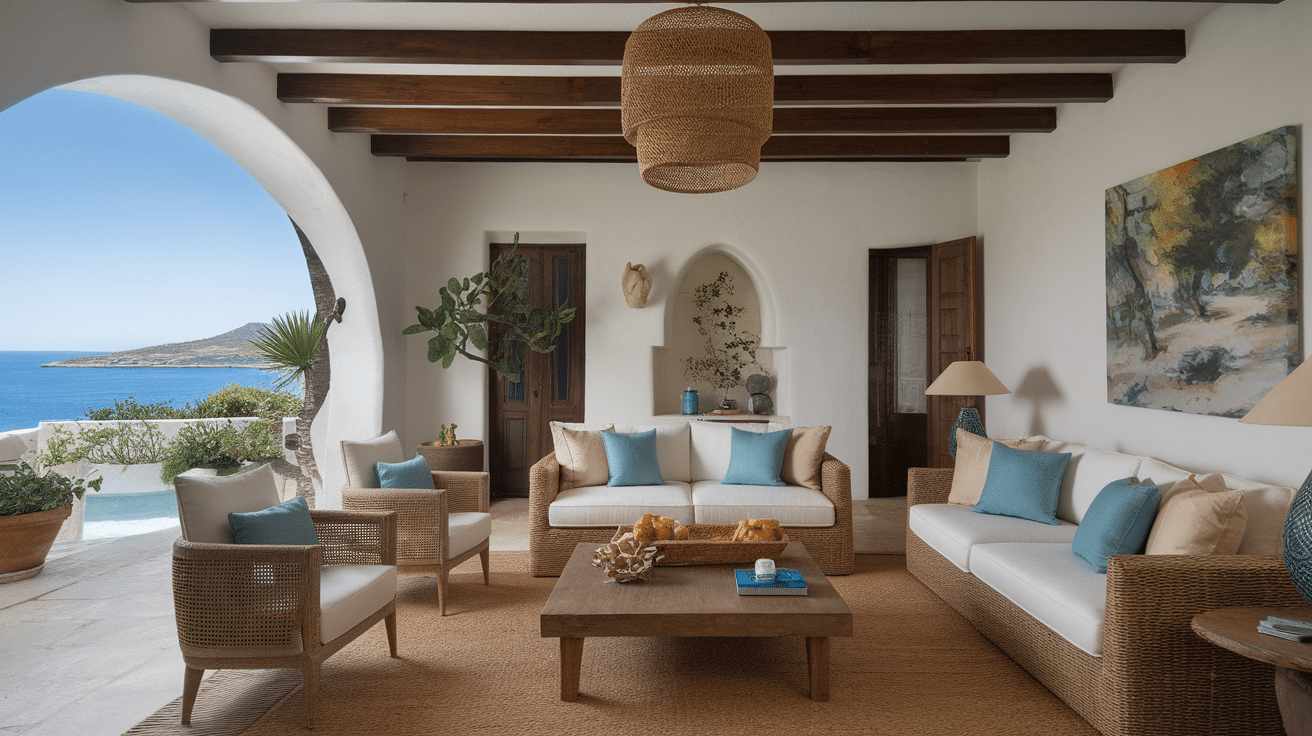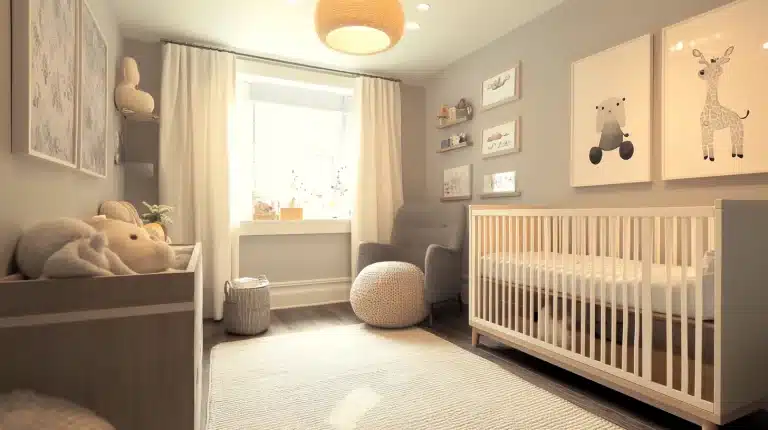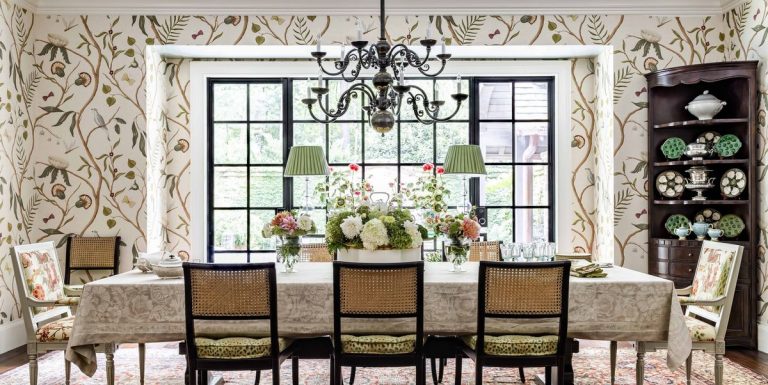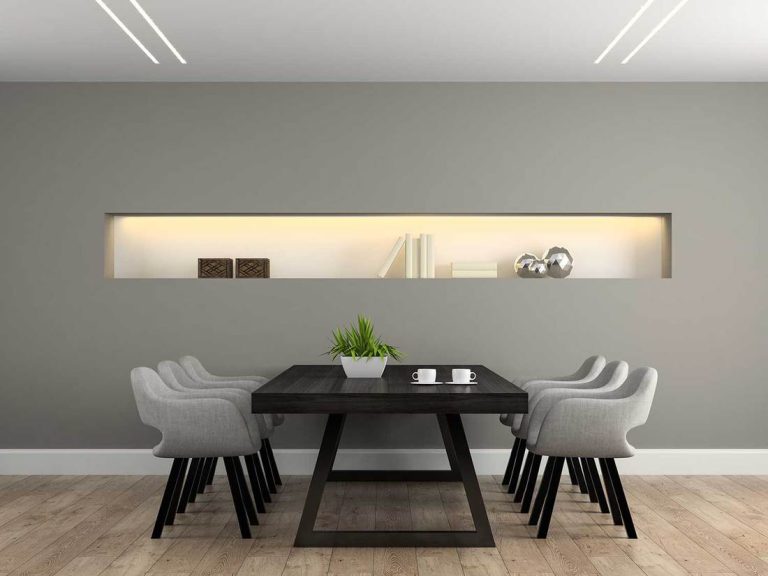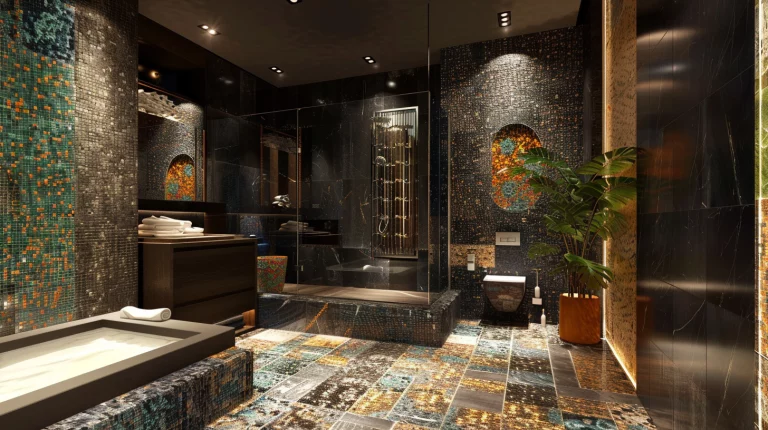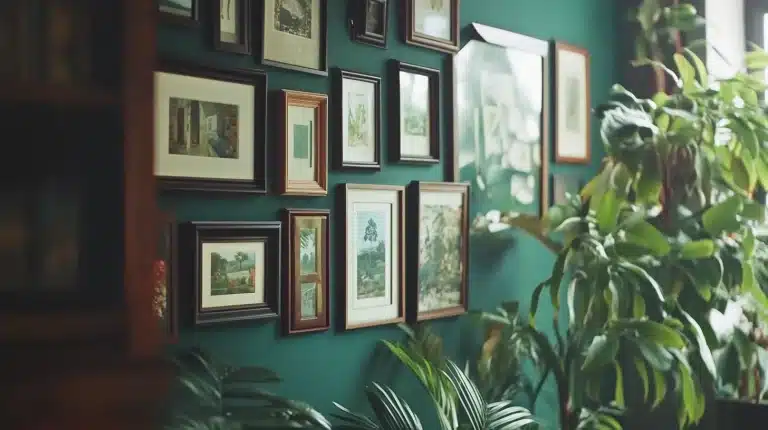16 Simple Ways to Style a Mediterranean Living Room
Want to create a home that feels like a quiet escape from daily stress? Mediterranean design offers just that. Studies confirm that these spaces lower stress and blood pressure through a careful mix of nature-based elements.
The style combines warm colors, natural wood, and handcrafted items to make rooms feel lived-in yet fresh. It’s not just pretty—it works with our bodies to help us feel calm.
From rich wooden beams to soft textiles, these spaces connect to something basic in us. They slow our thoughts and help us breathe easier.
This guide will show you how to bring this feeling home with simple changes that make big impacts. No passport is needed—just a few thoughtful choices.
The Stress-Reducing Power of Mediterranean Rooms
-
Natural Materials and Warm Colors:
Soft textures, gentle curves, and earth tones activate the parasympathetic nervous system, promoting relaxation and reducing mental strain. These elements create a calming, vacation-like atmosphere. -
Health Benefits:
Research shows that people in Mediterranean-inspired rooms have lower blood pressure and heart rates than those in modern, angular spaces. The warm lighting and sunset-like ambiance help regulate circadian rhythms. -
Aromatherapy:
Natural scents like lavender, rosemary, and citrus further enhance mood and mental clarity, contributing to an overall sense of well-being. -
Visual Harmony:
The combination of blues, earth tones, and sun-washed whites creates a harmonious, relaxing environment that reduces stress and supports mental health.
Mediterranean Home Design Styles
1. Warm Earthy Tones
Embrace terracotta, sandy beige, and warm neutrals that mirror sun-baked landscapes. These colors ground the space while creating immediate warmth.
For depth, incorporate touches of deep blue or sea green as accent colors, referencing the sparkling Mediterranean waters.
2. Rustic Furniture
Opt for wooden pieces with rich tones and visible craftsmanship—distressed coffee tables, sturdy farmhouse dining tables, or cognac leather sofas.
Wrought iron details add authenticity, while curved elements honor Mediterranean architectural traditions. Choose substantial pieces that tell a story.
3. Mosaic Accents
Incorporate intricate tilework through decorative tables, wall art, or smaller accents like coasters.
These patterns bring authenticity while adding vibrant color against earthy backdrops. Look for traditional geometric patterns in blues, greens, and warm terracotta shades.
4. Arched Doorways and Windows
If structural changes aren’t possible, consider furniture with arched details, arched mirrors, or painted arch murals.
Dress windows with sheer fabrics that emphasize the indoor-outdoor connection. These curved elements create the timeless elegance that defines Mediterranean spaces.
5. Natural Stone Elements
Incorporate limestone, marble, or travertine into fireplaces, flooring, or smaller accents like side tables.
Natural stone’s subtle color variations add depth while maintaining a neutral palette. Even stone vessels or decorative objects can introduce this essential Mediterranean texture.
6. Mediterranean Patterns
Layer distinctive patterns throughout your space—azulejos, geometric designs, or Greek key patterns on textiles and décor.
Pair bold geometrics with simpler designs, anchoring them within your earthy palette. These patterns tell the cultural story of the Mediterranean while adding visual interest.
7. Wooden Beams and Ceilings
Expose existing beams or install reclaimed wood for an authentic character. Even decorative beams create this effect without structural changes.
These elements draw the eye upward, adding dimension while evoking the rustic charm of Mediterranean architecture.
8. Wrought Iron Details
Incorporate wrought iron through statement lighting, hardware, or accessories like candleholders.
These elements reference the ornate metalwork seen throughout Mediterranean regions while creating a beautiful contrast against lighter furnishings. Look for pieces with graceful curves rather than rigid lines.
9. Plush Textures
Layer velvet pillows, wool throws, and textured upholstery to balance rustic elements with luxury.
Pair rough-hewn wood with silky fabrics, or place soft rugs atop stone-look flooring to create contrast.
These textural elements encourage the relaxed lifestyle that Mediterranean design celebrates.
10. Indoor Greenery
Add olive trees, fig plants, or lavender in terracotta pots for authentic Mediterranean character.
Position plants near windows to create beautiful shadow play and connect interior spaces with nature. These green elements reference the Mediterranean’s indoor-outdoor lifestyle.
11. Handcrafted Decor
Display ceramics with distinctive glazes, hand-painted pottery, or woven baskets that showcase traditional techniques.
Group collections for impact—wall-mounted plates or varied-height vessels on a sideboard. These artisanal touches bring soul to your space.
12. Gorgeous Rugs
Anchor your room with rugs featuring vintage-inspired designs in rust, indigo, and ochre. Natural fiber options like wool or jute add authentic texture while defining seating areas.
A well-chosen carpet ties together disparate elements while introducing traditional Mediterranean patterns.
13. Cozy Fireplace
Create a gathering point with a stone fireplace featuring a substantial mantel or decorative tilework. Position comfortable seating nearby to encourage conversation and connection.
This focal point honors the hearth’s importance in Mediterranean culture while providing visual warmth.
14. Soft Lighting
Layer wrought iron chandeliers, pendant lights with perforated shades, and wall sconces with warm-toned bulbs. For ambiance, add ceramic table lamps and grouped candles.
This approach creates the intimate atmosphere essential to Mediterranean spaces rather than harsh overhead lighting.
15. Relaxing Seating Areas
Arrange a plush sectional with patterned pillows, curved armchairs, and additional options like window benches—position furniture to face each other rather than electronics,
emphasizing connection. Include accessible side tables for the Mediterranean tradition of shared food and drink.
16. Open Shelving with Curated Collections
Display cherished possessions on rustic wood shelving or iron brackets. For cohesion, showcase ceramics, copper vessels, or leather-bound books grouped by color or theme.
These personal displays reference the Mediterranean tradition of beauty in everyday objects.
Conclusion
Creating a Mediterranean-inspired space is less about rules and more about feeling. Each choice—from sandy colors to handmade items—adds to a sense of timeless comfort that modern homes often lack.
These spaces work because they connect to our basic human needs: comfort, beauty, and connection. The natural materials and warm tones speak to us on a level deeper than trends.
Start small with a few key pieces that make you feel good. Add plants, adjust your lighting, or bring in textiles with subtle patterns. Listen to how these changes make you think.
The true success of Mediterranean design lies in how it improves daily life—by slowing it down, making it more present, and making it more peaceful. In today’s fast-paced world, that might be the greatest gift of all.
Frequently Asked Questions
1. What Is Considered Mediterranean Decor?
Mediterranean decor uses warm colors, natural materials, and handmade items from southern Europe. It combines rustic wood, stone, and mosaics for comfort.
2. What Is a Typical Mediterranean Look?
Olive skin, dark hair and eyes, with facial features varying across Mediterranean regions.
3. What are Mediterranean Interior Design Colors?
Mediterranean interior design typically features warm earth tones (terracotta, ochre, cobalt blue), whites, and sea-inspired blues and greens.

